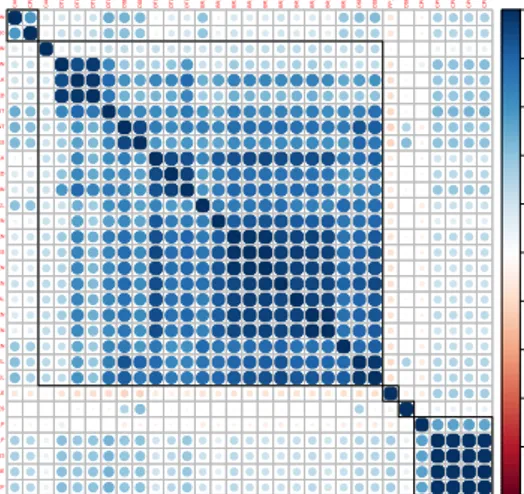An analytical methodology to derive power models based on hardware and software metrics
Texto completo
Figure




Documento similar
En concreto, los principales objetivos de investigación de la presente tesis se pueden resumir de la siguiente manera: (1) analizar y determinar cuáles son los valores
In addition to traffic and noise exposure data, the calculation method requires the following inputs: noise costs per day per person exposed to road traffic
In the previous sections we have shown how astronomical alignments and solar hierophanies – with a common interest in the solstices − were substantiated in the
In this paper a hardware implementation of the in- stantaneous frequency of the phonocardiographic sig- nal is proposed, based on the definition given by Ville (Ville 1948) and
In this work, we demonstrate that it is possible to make PMC prediction models aware of the manufacturing variability and accurately predict the socket and application specific
This paper provides an optimization framework and computationally less intensive heuristics to tackle exactly the aforementioned problems. The main contributions of this work are: i)
Government policy varies between nations and this guidance sets out the need for balanced decision-making about ways of working, and the ongoing safety considerations
These results include the temporal evolution of the performance counters, any models requested by the user, the source code references and memory references progression, and the